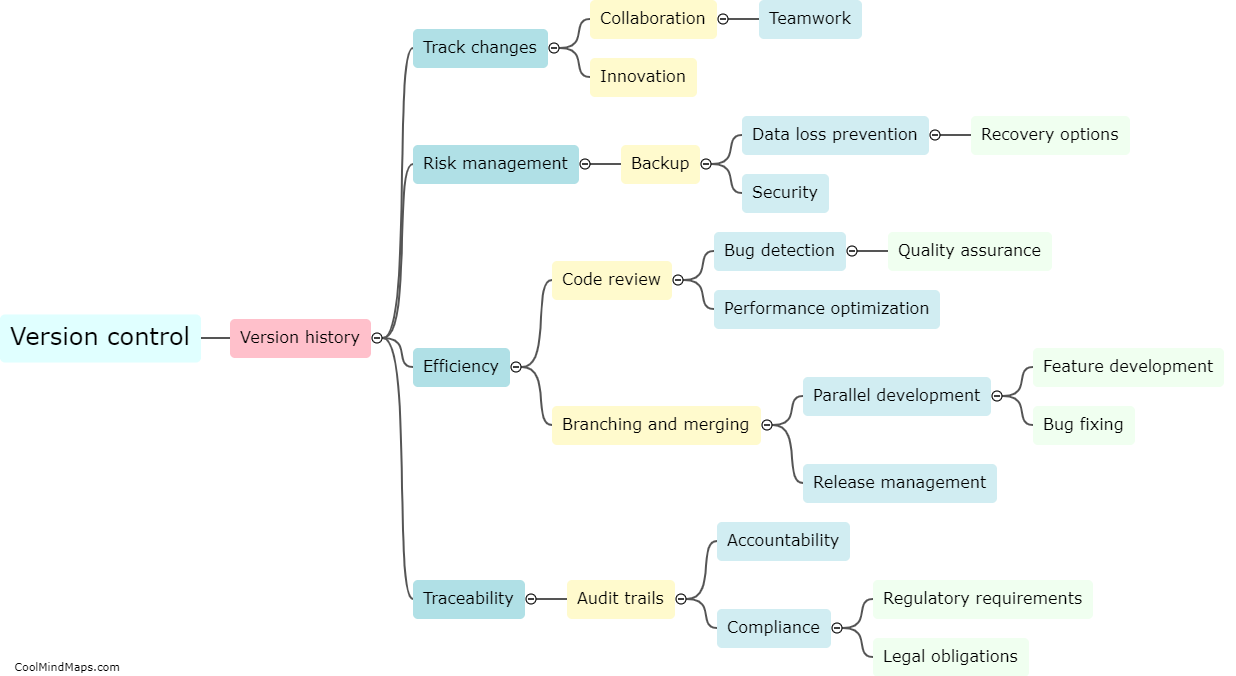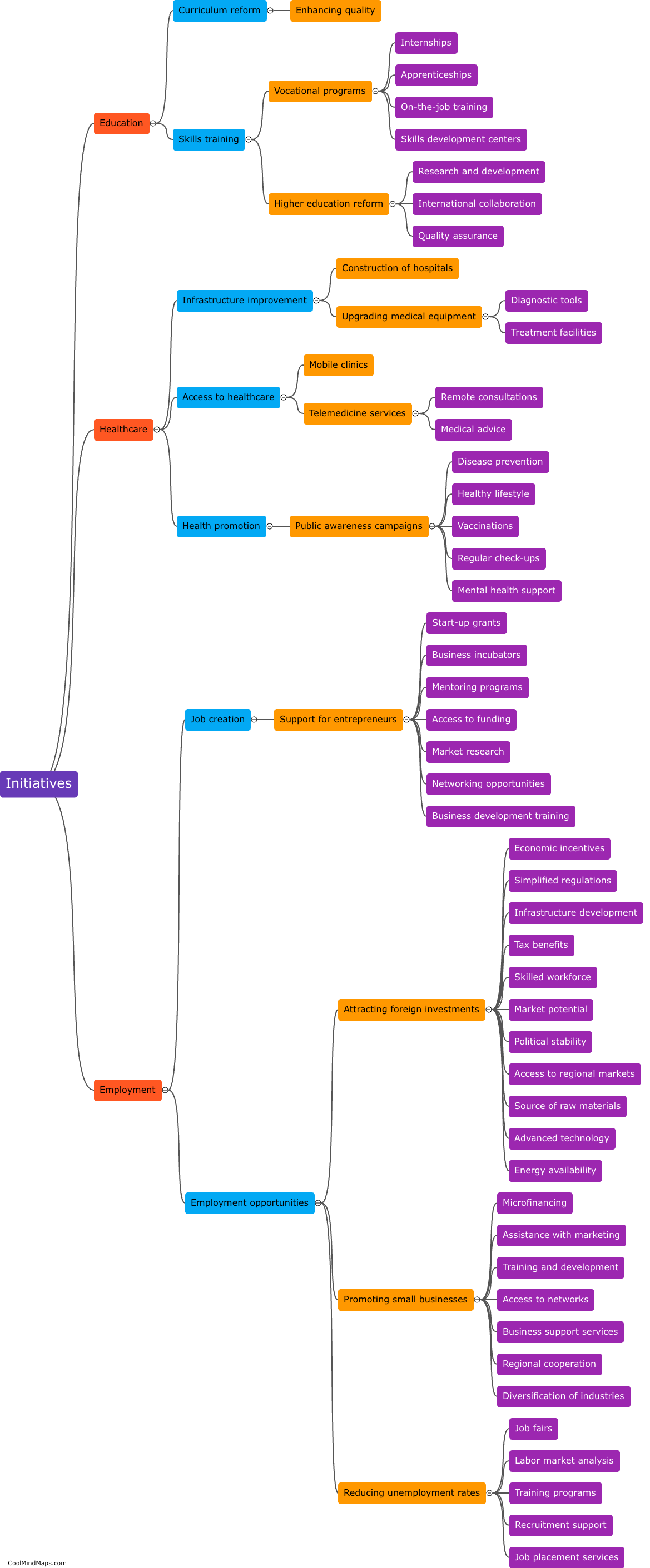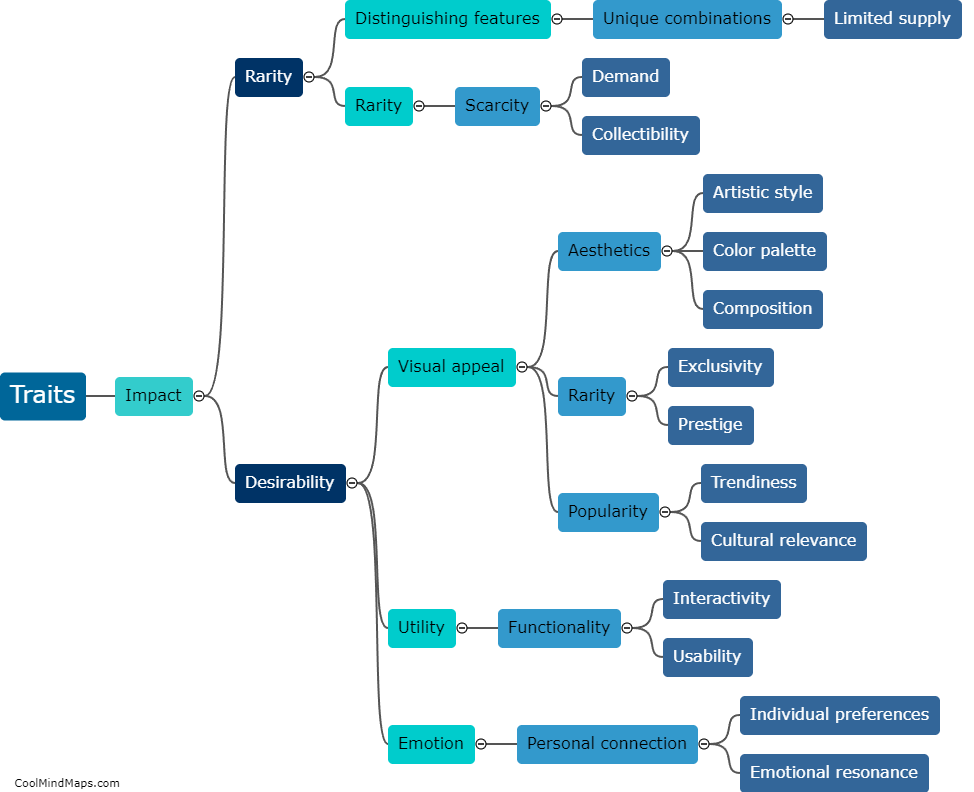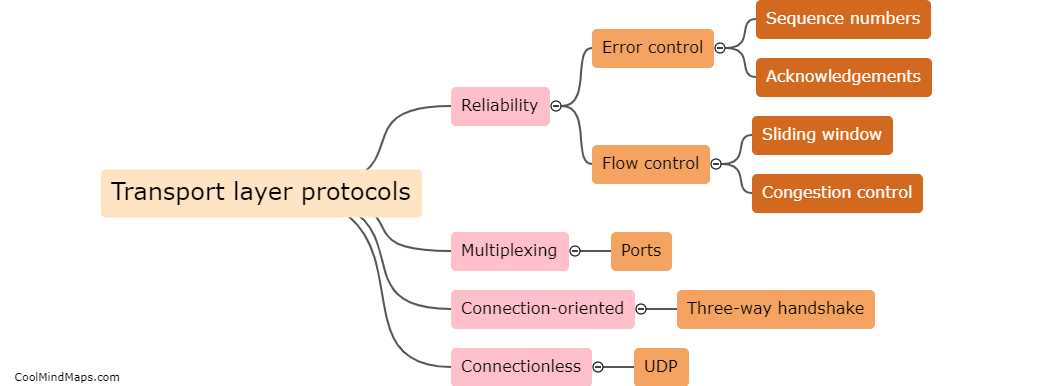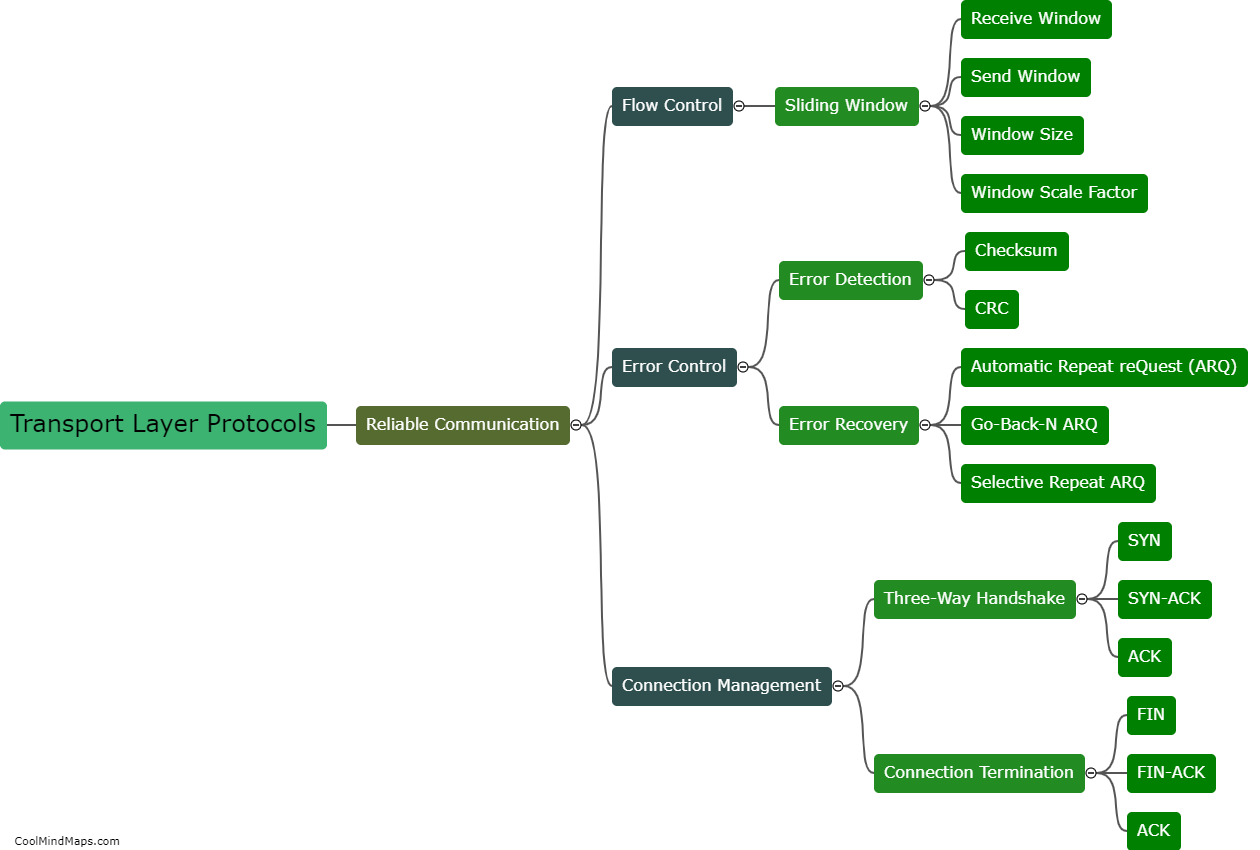How do transport layer protocols handle congestion control?
Transport layer protocols handle congestion control by using various mechanisms to ensure that network congestion is properly managed. One commonly used approach is the use of congestion avoidance algorithms, such as TCP's congestion control mechanism. These algorithms monitor the network's congestion level by observing factors like packet loss or delay, and adjust the transmission rate accordingly. They aim to strike a balance between maximizing network efficiency and minimizing congestion by dynamically adapting the rate at which data is transferred. This can involve reducing the sending rate when congestion is detected and gradually increasing it as the congestion eases. Additionally, other techniques like queuing and flow control mechanisms may be employed to regulate the flow of data and prevent overwhelming the network. By implementing these strategies, transport layer protocols can effectively handle congestion and maintain stable and efficient communication in network environments.

This mind map was published on 19 August 2023 and has been viewed 97 times.

